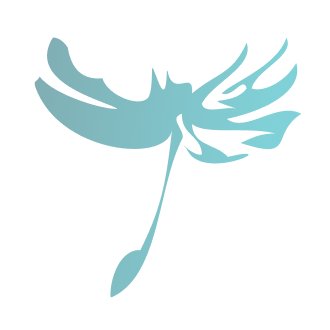Front page | Photographer: Maja Bolle | Rights management: Ethnologisches Museum, Staatliche Museen zu Berlin
Attribution - NonCommercial - ShareAlike 4.0 Internationalngulu melan mininca ngulu melan norra mbiang mbiang
The following was noted in the museum's main catalogue when this object was received: "Ngumba: 'mbiang' (the male figure), norra mbiang (the female); Yaunde: 'ngulu melan' resp. 'mininia ngulu melan'. 2 pairs of wooden fetish figures. a) 40 cm high b) 44 " " c) 41 cm high d) 43 " " Ngumba. These have a place of honour in the men's house in a corner or on the central column. They stand in a round barrel-shaped vessel (hollowed-out tree trunk) in which one or more skulls are placed. At the tribal marking festival, which among the Ngumba is similar to that of the Yaunde, the fetish is taken to a hut in the bush near the village, from where a passage dug into the ground leads to a hut in the village or the men's house, where the skulls are taken out and filled with fresh medicine, after which the figures dance in the hands of the medicine man. At the end of the festival they are put up again. The Ngumba people use them on a daily basis, so to speak. They pay great attention to these figures by painting them and decorating them with jewellery. The Yaunde also use these figures, but much larger ones, but limit themselves to sacrificing them at the tribal marking ceremony or at medicine feast celebrations."
Cataloguing data
Width: 11,6 cm
Depth: 10,9 cm
Weight: 2 kg
Objektbezug: III C 6434 d, Reliquiarfigur (byeri), 19. Jh., Georg Zenker (11.6.1855 - 1922)
is related to : Objektbezug: III C 6434 b, Reliquiarfigur (byeri), 19. Jh., Georg Zenker (11.6.1855 - 1922)
Objektbezug: III C 6434 b, Reliquiarfigur (byeri), 19. Jh., Georg Zenker (11.6.1855 - 1922)










